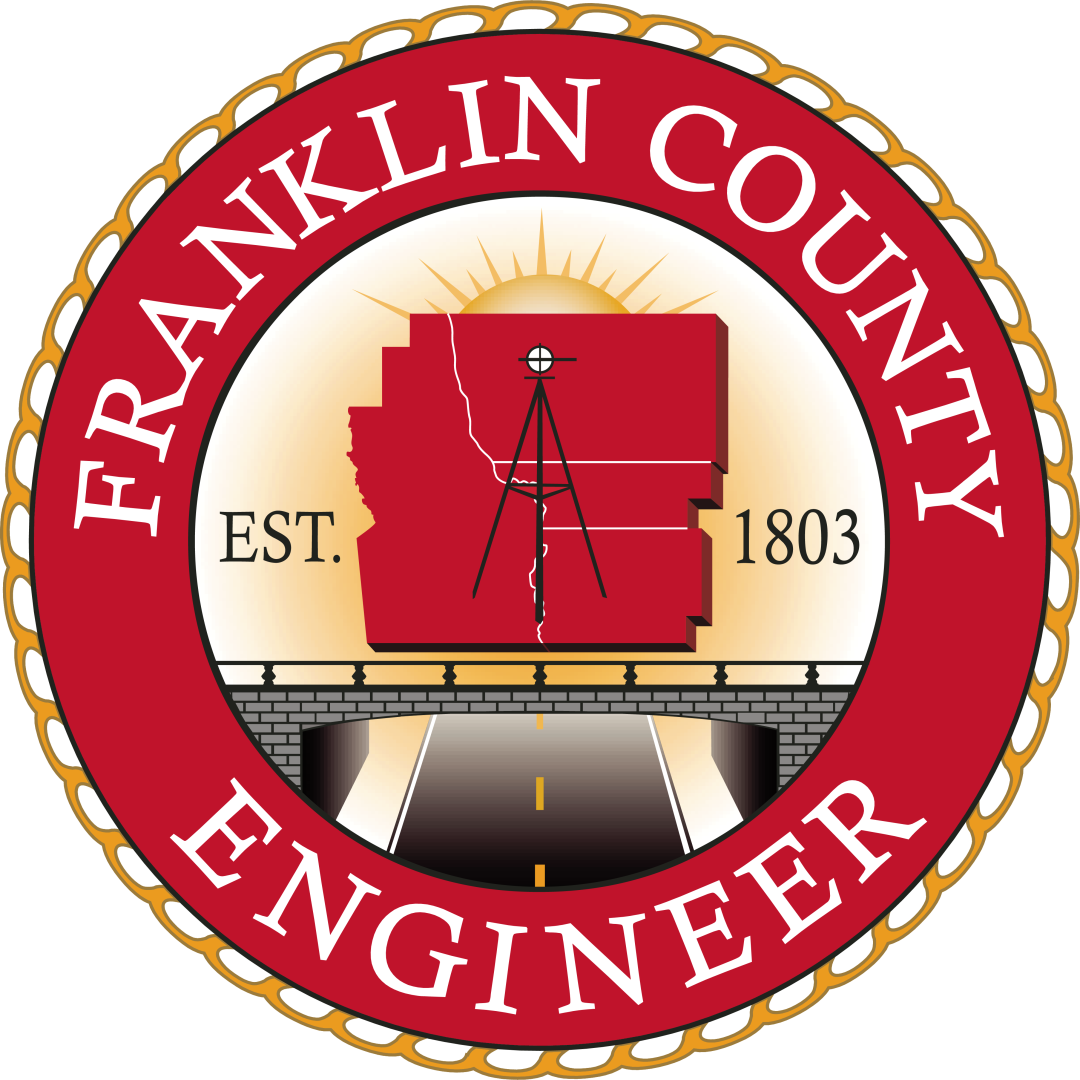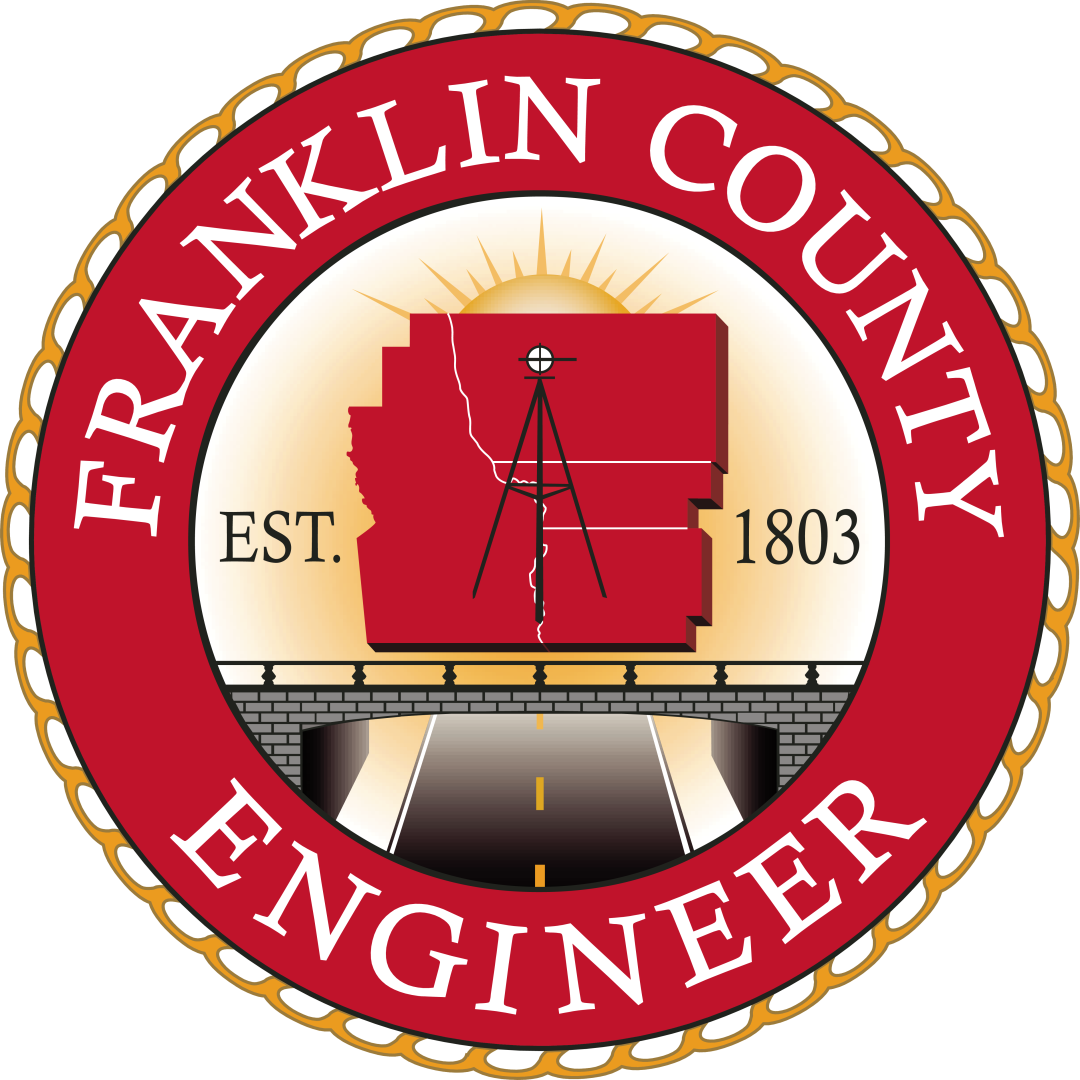Surveyor’s Journal Entry Seven
Original Maps Set Parameters for Land Development
Even though Ohio’s population was less than the 60,000 required for statehood, Congress was confident that its efforts to allocate and sell public land would result in steady growth. The slow but sure success of the Virginia Military District to attract war veterans to the region exemplified the need to establish political subdivisions that could accommodate an influx of permanent settlers.
The first step in opening up the new state was to create a comprehensive map that set the basic geographic parameters for land development.
While researching potential locations for Worthington, in 1802, Deputy Surveyor James Kilbourne used the land records, survey journals, and maps housed in Deputy Surveyor Thomas Worthington’s Chillicothe office to compile the first map of Ohio. A fairly accurate recollection of Native American territory had been given by Deputy Surveyor John Fitch, a captive during the American Revolution who later invented the first steam powered boat (1787).
Surveyor General Rufus Putnam then elaborated upon the work of U.S. Geographer Thomas Hutchins and James Kilbourne to create the first official map of Ohio, which he submitted to Congress and the Ohio Legislature in January 1804. The division of land was now certifiable and political subdivisions could be established.





